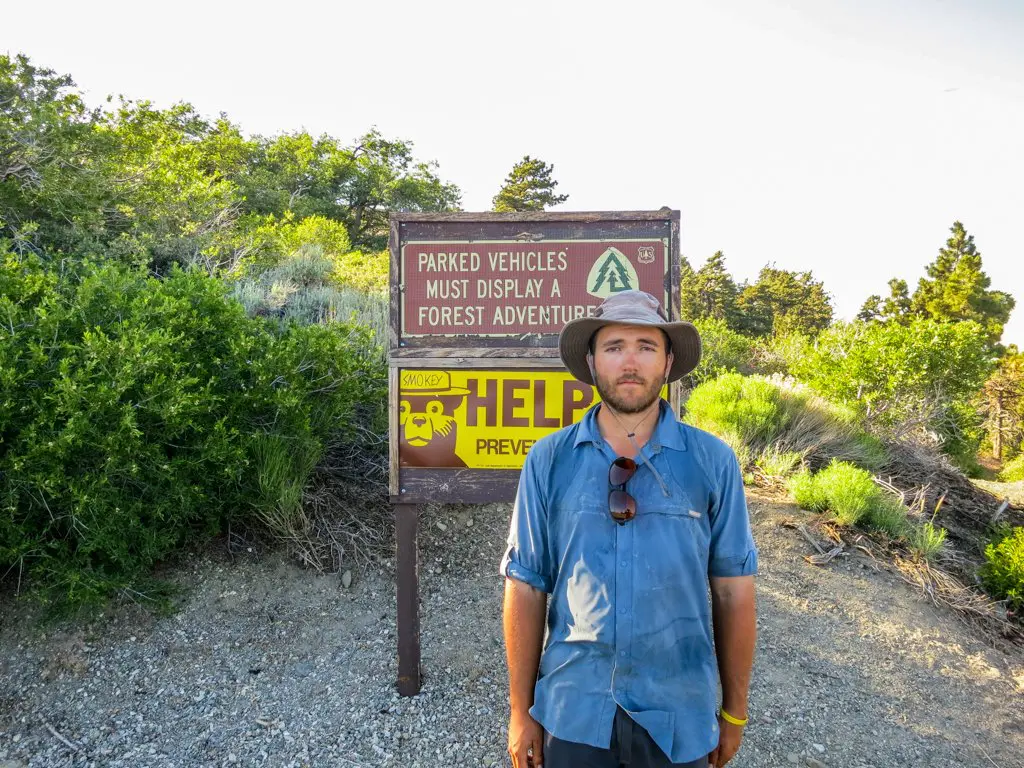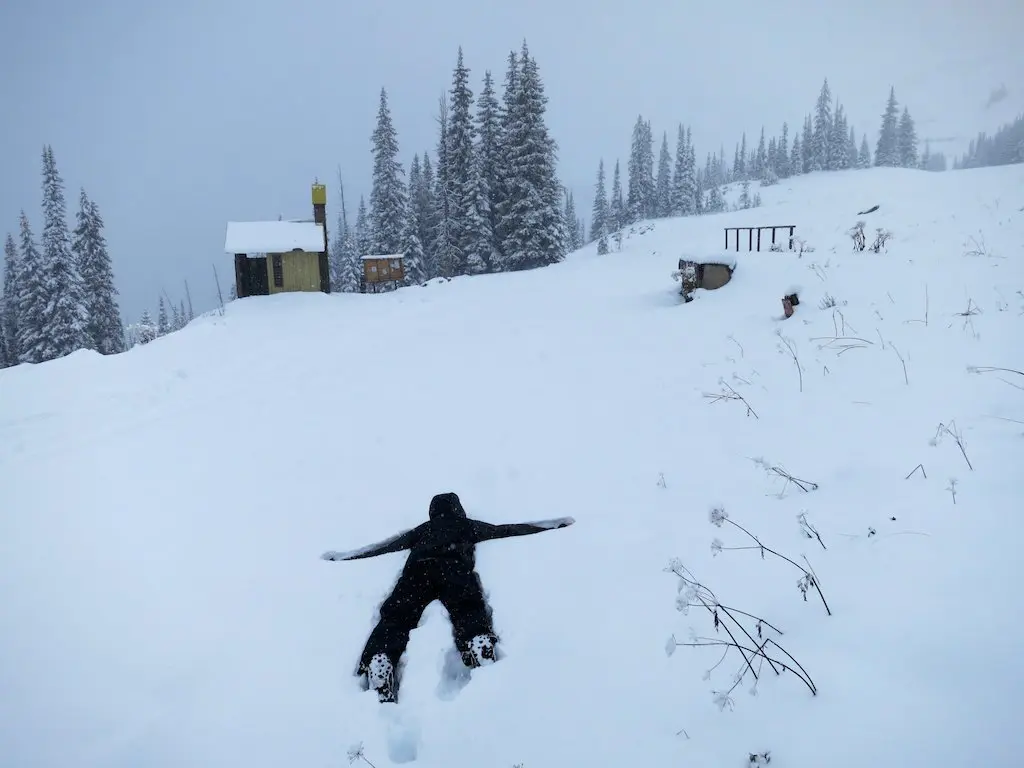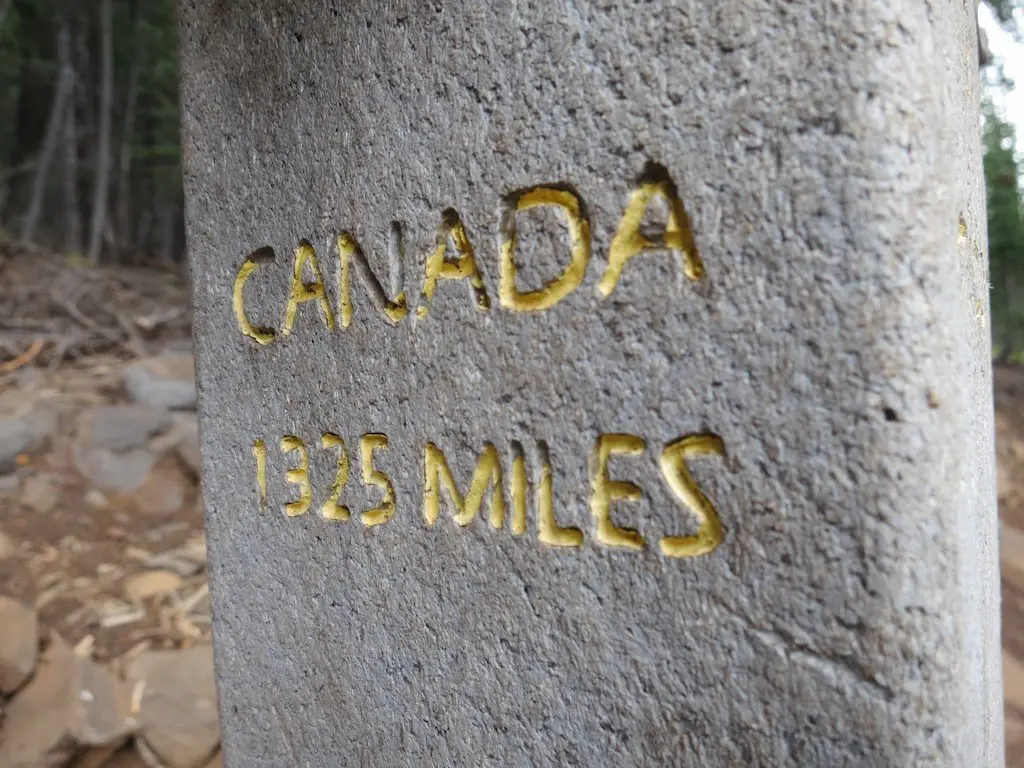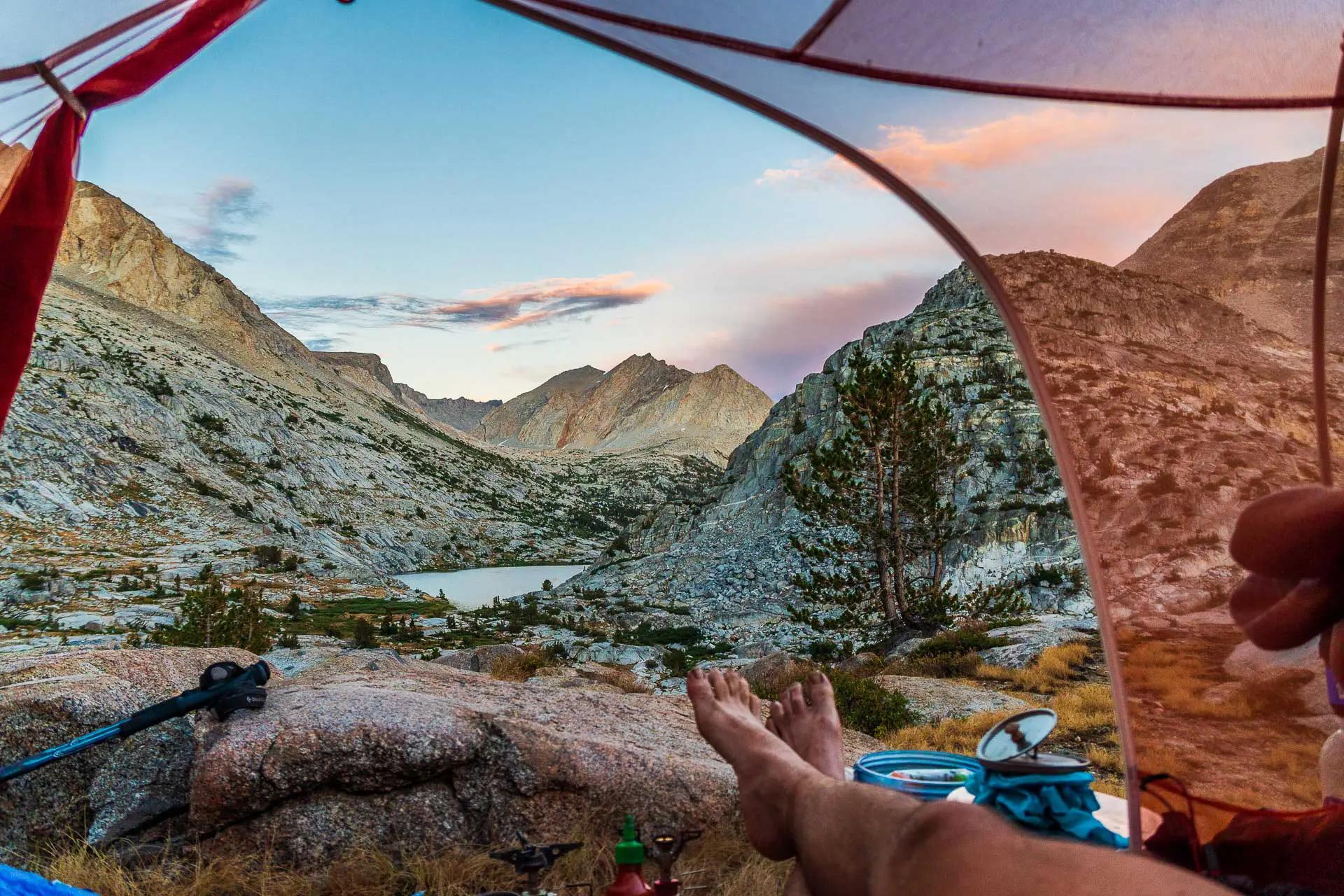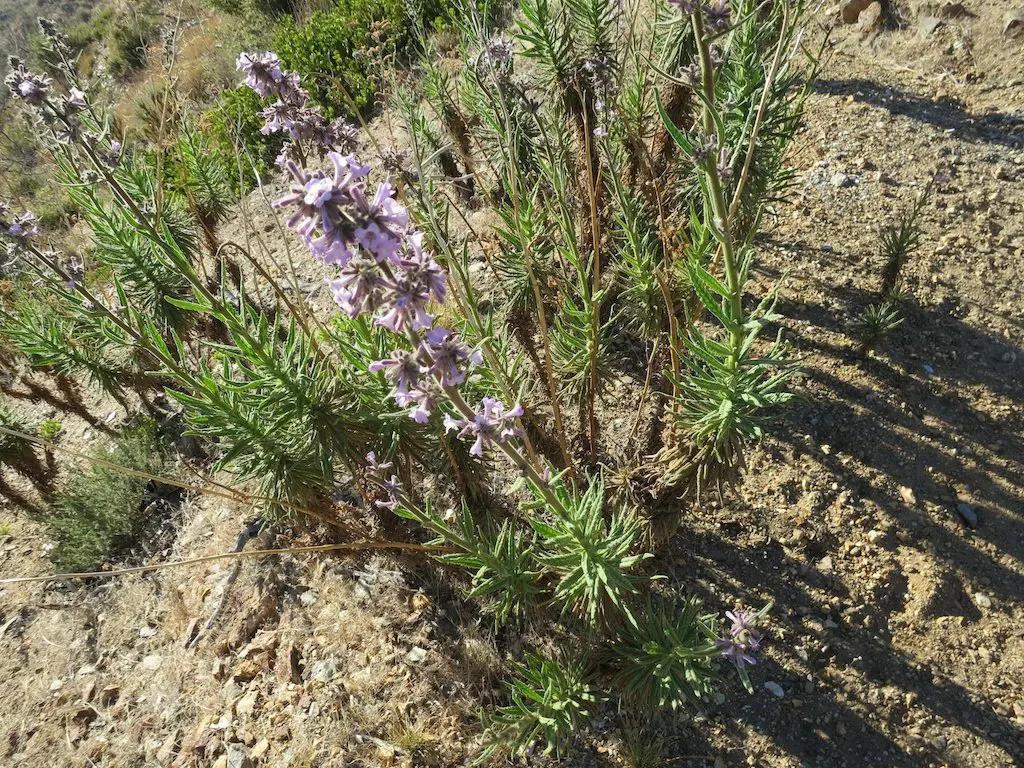The Pacific Crest Trail FAQ: Questions From Readers
Believe it or not, sometimes people think me a reputable source of information regarding the Pacific Crest Trail and they choose to get in touch with me with their questions, concerns, hopes, dreams, or clinically treatable emotional issues (didn’t you know I am an unofficially licensed psychiatrist?).
Would-be hikers are creative with their questions, and with the pre-trail mentality now far behind me, I appreciate them giving me back some perspective on what life before the trail was like (I wonder what I thought about all the time before the trail – because now it’s never far from my mind).
Here is a collection of questions I have received from prospective hikers of the PCT and my half-assed responses.
I have zero survival skills. I was never a boy scout and have never been camping. Is this a deal breaker?
This is not a deal breaker. The trail is not too treacherous a place, and so long as you possess some level of common sense you will should be fine. I didn’t (don’t?) have much in the way of “survival skills”, and I think you pick up the important things along the way. Still feel like you should do some research? Do some reading up on best outdoor practices in as far as setting up camp and dealing with weather (particularly rain, thunderstorms, and snow). Maybe some basic first aid? Maybe some map reading?
How did you collect your own stats of miles per day? Estimation via reading your map?
I carried paper maps (from Halfmile) and they were fairly well-marked in terms on landmarks and mileage. It was fairly easy to pinpoint (or at least hypothesize) my starting and stopping points each day (especially since I would usually aim to camp with a water source nearby – most were marked on the map with distances). Some hikers also use their phone’s GPS to pinpoint their location in which case mileage stats become quite easy to come by.

Would a GPS unit suffice, or should I learn to read a map and use a compass?
GPS will suffice, but in my opinion it is not necessary. The trail is very well-defined (at least most of it is), and you will not need to do any route finding (but perhaps some direction guessing at unmarked junctions). The worse that happened to me was following the wrong trail after a junction and having to turn around and backtrack. That being said, you should familiarize yourself with topographic maps (being able to read contours and identify geographical features is useful). As far as the compass goes, I sent mine home after the desert (during which time I used it a grand total of zero times).
How well did your solar panel perform? Did you have days where you simply ran out of juice and sunlight wasn’t strong enough?
My solar panel performed alright. I grew tired of it at times, because there were days that trees or clouds would prevent me from being able to charge during breaks (my attempts to attach my panel to my pack were amateur at best and never quite got the job done). Later in the trail I had little need to charge while hiking because I was making good time between towns and managing my battery life more efficiently.
Should I expect to embrace death, either sudden or slow and painful?
Absolutely expect to embrace death, it will make the trail a much more enjoyable and freeing experience. No need to worry about things you can’t control, just enjoy the trail.
Did you plan the whole trip beforehand? Campgrounds, resupply points, etc.?
I tried to plan my resupply points beforehand, but once you get on the trail you will realize that any and all planning that you attempted was a complete and utter waste of your time (but hey, at least you were excited during that planning stage?). Planning resupply stops is doable, but I would not suggest it unless you have a great reason to do so. Planning campgrounds (or anything else in terms of distance per day or mileage stats) would be insane, don’t count on it (unless you really have a lot of time to waste).

Did your zero days and detours affect the retrieval of resupply boxes?
Not at all. Everything I sent to myself was nonperishable so there was no need to worry (and the resupply points expect to have to hold hiker packages). The worst that would happen is that I would show up to retrieve a resupply box and then have way too much food. But better too much than too little? Once I began sending myself resupplies from the trail I managed to circumvent this problem.
Were there paths that seemed so dangerous you needed to suppress significant fear to pass them?
In terms of the trail itself, no (although the Knife’s Edge in Goat Rocks wilderness on the day I hiked through would have probably shaken some hikers – it was incredibly windy and rainy). However, if you are unaccustomed to nights in the wilderness, then I would prepare to suppress some fears in the darkness.
I don’t have any family or friends in the States. Is it possible to go full buy-as-you-go? Will procuring snow gear be a problem?
Buying as you go is surprisingly easy. You will have access to internet in most towns and even if you don’t have a device to use wi-fi or a trail angel computer to use, libraries are always a good bet for getting online. I know plenty of people who ordered from REI or other online retailers to get new equipment along the trail. Snow gear, should you need it, should not be difficult to find. Because of the proximity of (most) resupply towns to the trail, you can (usually) head to the local outfitter to take care of your gear needs.
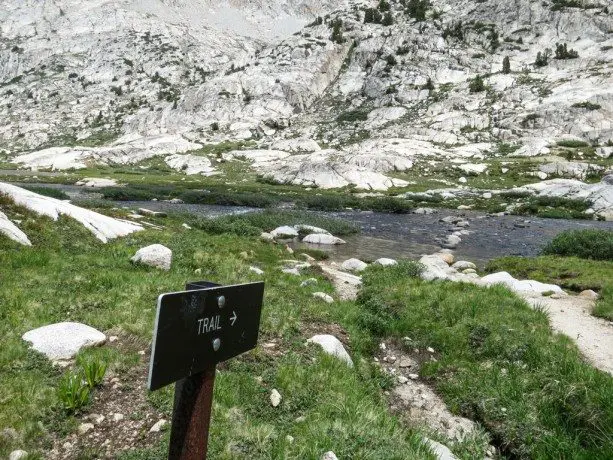
How plausible would it be to buy online from Amazon or REI and have things shipped to post offices along the trail?
It’s quite plausible and is done by hikers all the time. You can have things shipped to a post office “General Delivery c/o Your Name” (the same process by which people send resupplies) and it will be held for 30 days (however, I would confirm policy with the location you’re sending to beforehand).
Six percent of your survey sent no resupply boxes. What is the correlation between them and the seventy percent that did not use a bounce box? Did they buy things at less expensive resupply points and sent them forward?
As far as who sent things forward, it is hard to tell. Some people may have considered these resupply boxes, and others not (since they weren’t prepared ahead of time). I would venture a guess that these people did not use a bounce box (the ones who did not mail themselves resupply boxes). Hiker boxes are also viable options of food for some hikers, and can sometimes supplement the (limited) food selection available at a given resupply stop.
Also, they survey being referred to can be found here: The 2013 Pacific Crest Trail Thru-Hiker Survey.
What initial items in your bounce box could you have done without? What items were not initially in the bounce box, but you hoped to have included? Would you be significantly inconvenienced if you did not use a bounce box?
I didn’t start with a bounce box, but I ended up sending my rain pants and random stuff (bug repellent, rope (which I got rid of), bug net, and some other randoms that I got rid of) to Kennedy Meadows (so I guess this then became my bounce box). I didn’t really use my bounce box very effectively – I should have just had a bounce envelope with all my maps. Using a bounce box was a hassle (for me) and I ended up getting rid of it after three or four bounces.
The people who did not send themselves resupply boxes or use a bounce box…I assume they bought everything they needed as they progressed. Did they seem more miserable than the average hiker?
Completely my opinion, but I would say that these people were/are better off, and I enjoyed being one of these people when I was finally free of my boxes. It’s the worst when you hear that someone “has to go to ________ place” when they don’t want/need to, just because they sent themselves a box there (some hikers simply choose to write these boxes off). I like the freedom of not having boxes tying you into places (unless you know that you are going to stop somewhere (like Kennedy Meadows)).
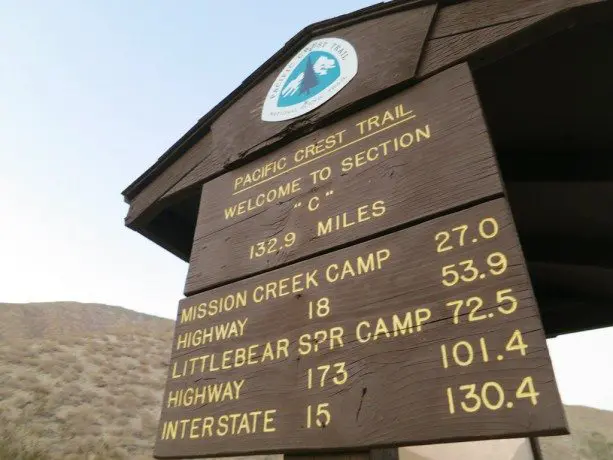
Do you think it would make sense to start a bounce box in Campo or San Diego and just resupply as I go? Any advice?
Honestly, if I were to do the PCT again I would not send any resupplies ahead of time. You can basically just buy as you go for a while, and then for the spots that you are worried about food – just buy your resupply at a town, say 400 miles beforehand, and mail it ahead to yourself. This way you know what you want, you know how much you are eating, you don’t waste money, and you have flexibility.
Have a question about the PCT? Leave a comment below or get in touch!
